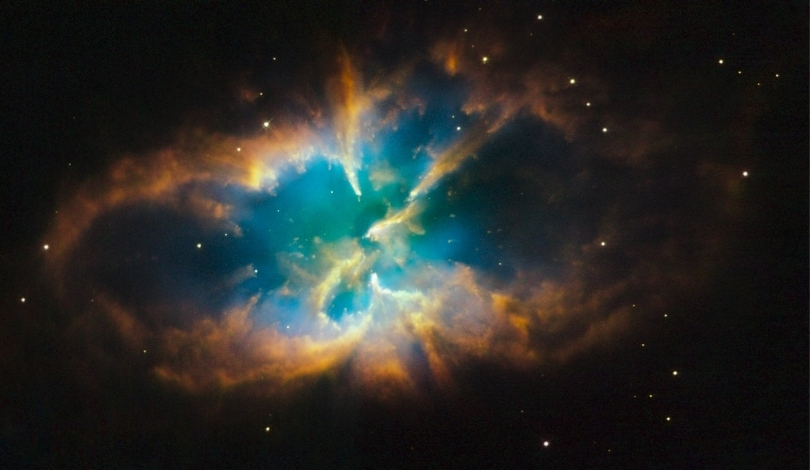Recent research from the University of Texas at Arlington explores the presence of exoplanets within triple star systems. The study, led by Dr. Manfred Cuntz, examines the statistical likelihood of these complex systems hosting planets. Understanding these dynamics provides insights into the formation and stability of planets in multi-star environments.
Triple star systems present unique challenges for planet formation and stability. Compared to earlier findings, this study offers a more focused analysis on the age and metallicity of stars in such systems, contributing to a nuanced understanding of their potential to support planetary life.
What Motivated the Research on Triple Star Systems?
Dr. Cuntz explained,
Ages and metallicity are fundamental properties of stars – a statement that applies to all stars. Considering that most stars are members of higher order systems, the study of stars in triple stellar systems is a natural extension of research focusing on single stars.
What Were the Key Findings of the Study?
The research identified that stars in triple systems are generally younger than those in the solar neighborhood, likely due to selection effects related to the mass and stability of these systems. Additionally, the metallicity of these stars is similar to that of our Sun, although the sample size was limited.
How Likely Is Finding Exolife in Triple Star Systems?
According to Dr. Cuntz,
The search for life outside of planet Earth continues to be a fascinating topic. Scientists are convinced that exolife is almost certainly real, and this should also apply to planets in triple star systems.
However, the variable environmental conditions in these systems may reduce the chances of advanced life forms, though microbial life remains a possibility.
The study underscores the rarity of exoplanets in triple star systems, especially those within habitable zones. As research progresses, the discovery of additional planetary systems may provide more opportunities to understand the potential for life in such complex stellar environments.
Future investigations will likely focus on expanding the dataset of triple star systems with confirmed exoplanets. This will enhance our comprehension of how planets form and survive in dynamically intricate settings, ultimately contributing to the broader search for extraterrestrial life.










